As a gemstone expert at Sennen Jewellery, I’m delighted to guide you through the fascinating world of the garnet gemstones, January’s birthstone. From ancient Greeks to modern jewellery enthusiasts, garnet gemstones have captivated many with their rich hues and intriguing properties.
The Garnet birthstone boasts a beautiful array of colors, its rarity, and powerful qualities such as inspiration and emotional support. Whether you’re born in January or simply drawn to its timeless beauty, let’s explore what makes this gemstone so special.

January Birthstone Key Points Summary:
Garnet is January’s traditional birthstone, admired for its rich hues, durability, and versatility.
Garnets are available in a variety of colors, including deep red (almandine, pyrope), orange (spessartine), and vibrant green (tsavorite and demantoid).
Symbolically, garnets represent protection, passion, and prosperity, with historical significance in ancient Greece, Egypt, and the Middle Ages.
Famous garnets, such as demantoid and color-changing varieties, are highly prized for their rarity and brilliance.
Garnet jewellery is suitable for daily wear, with proper care, and makes a thoughtful January birthstone gift.
Popular garnet styles range from casual wear to vintage designs, bold statement gemstone pieces, and personalized birthstone gifts.
Alternative January birthstones include rose quartz and red zircon, though garnet remains the most recognizable of the birthstones for January.
Garnet Gemstones: Physical Properties

The most recognised varieties include pyrope and almandine, known for their rich brownish red shades.
Color change garnets can exhibit different hues under various light conditions, while garnets like spessartine and tsavorite come in a stunning spectrum.
Most garnets, characterized by varying compositions and colors, are formed under specific geological conditions, such as the metamorphosis of sedimentary rocks due to heat and pressure.
Garnet gemstones are highly valued due to their unique mineral species, providing a vast array of hues, from light purple to brownish red. Their durability and gemstone hardness make them perfect for daily wear.
Garnets generally rank between 6.5 and 7.5 on the Mohs scale of hardness, making them durable enough for everyday wear but requiring care to prevent scratching from harder materials.
Their refractive index, contributing to their brilliance, varies among species but is generally high, comparable to other popular gemstones.
Garnet Varieties and Colors
Garnet gemstones are a diverse group of minerals, each with its own unique characteristics and colors. The most common garnet varieties include almandine, andradite, grossular, pyrope, spessartite, and uvarovite.
Almandine

Known for its deep red to reddish-brown hues, almandine garnets are among the most recognized and widely used in garnet jewellery. Their rich color and durability make them a popular choice for various jewellery types.
Andradite

This variety includes the highly prized demantoid garnet, which is renowned for its exceptional brilliance and fire. Demantoid garnets are typically green and are considered extremely rare, making them a coveted addition to any collection.
Grossular
Grossular garnets come in a broad spectrum of colors, from vibrant greens to warm oranges and even clear. Tsavorite, a green variety of grossular, is particularly valued for its vivid color and clarity.
Pyrope

Pyrope garnets are celebrated for their vibrant, dark red shades, often reminiscent of pomegranate seeds. This variety is frequently used in classic garnet jewellery pieces.
Spessartite

Spessartite garnets are known for their striking orange and gold tones. These gemstones add a unique and eye-catching element to any piece of jewellery.
Uvarovite

Uvarovite is a rare, emerald-green garnet gem that is typically found in small sizes. Its intense green color makes it a standout choice for collectors and enthusiasts.
The diverse range of colors and properties found in garnet gemstones ensures that there is a perfect garnet for every taste and style. Whether you prefer the deep reds of almandine or the vibrant greens of tsavorite, garnet offers a stunning array of options for jewellery lovers.
January's Birthstone: Symbolism

Garnet has been cherished throughout history. The ancient Greeks believed garnets resembled the pomegranate seed, symbolising fertility and life. In other cultures, garnet was thought to protect travellers and promote passionate energy.
Garnets Through the Ages

This gemstone’s historical journey is filled with opulence. From garnet-studded necklaces worn by the pharaohs of ancient Egypt to the intricately carved garnet signet rings in the Middle Ages, these gemstones have been treasured across the ages.
Even today, garnet jewellery remains a gemstone synonymous with sophistication.
Famous and Valuable Garnets
Garnet gemstones have not only been appreciated for their beauty but also for their rarity in certain colors and forms. Some of the most famous and valuable garnets include:
The Smithsonian's Antique Pyrope Hair Comb: This piece features a large pyrope garnet from Bohemia (now Czech Republic), which was a significant source of garnets in the 18th and 19th centuries. The garnet is cut into a large rose and set amid vines and leaves in gold.
The Demantoid Garnet: Known for its fire and brilliance, the demantoid garnet gem is more valuable than other varieties and is often sought after by collectors. Fine examples of this garnet have been found in Russia and more recently in Namibia.
Color Change Garnets: Particularly rare and valuable, these garnets change color under different lighting conditions, typically from a brownish or bronze tone in daylight to a vibrant rose-pink gem under incandescent light.

Care and Maintenance of Garnet Jewellery
Preserving the beauty of garnet jewellery requires some care:
Cleaning: Use warm, soapy water and a soft brush to gently clean garnet jewellery. Avoid harsh chemicals or ultrasonic cleaners that could damage the gem.
Storage: Store garnet jewellery separately to prevent scratches, especially from harder gemstones like diamonds.
Inspection: Regularly inspect your garnet jewellery for loose settings or signs of damage to ensure the gem is secure.
Styling Garnet Jewellery: The Birthstone for January
Here at Sennen Jewellery, we understand how to style garnet jewellery to enhance any outfit:
Layering Pieces: Combine simple garnet studs with a bold garnet necklace for a look that transitions smoothly from day to night.
Vintage Charm: Choose garnet jewellery pieces set in antique or vintage-inspired settings to add a touch of historical elegance to your ensemble.
Bold Statements: A garnet cocktail ring can serve as a striking centerpiece, especially in settings that highlight the deep colours of this gem.
Casual Settings: Even casual outfits can benefit from the addition of garnet birthstone jewellery, perhaps through a simple garnet bracelet or pendant, adding a hint of sophistication to everyday wear.
Daily Wear: Garnet earrings or a garnet birthstone pendant can add an elegant pop of colour to your everyday wardrobe. Red garnets beautifully complement neutral tones, making them perfect for work or casual outings.
Special Occasions: For formal events, we love showcasing garnet rings and necklaces set with gems featuring deeper shades of red. Pair these with evening attire to create a striking statement.
Mix & Match: Garnets harmonize well with other gems, especially diamonds. Layering garnet bracelets or stacking rings set with a different gemstone can elevate your ensemble. Garnets, when paired with April's birthstone, the diamond, create a stunning contrast that highlights the unique qualities of both gems.
Personalized Birthstone Gifts: A garnet birthstone ring or garnet gem charm makes a thoughtful gift for those born in January.
Our Top Picks of Jewellery made with Garnet
January Birthstone FAQs
What are the most popular colors of garnets?
Garnets are available in a wide range of hues due to their diverse mineral species. The most popular colors include deep red to reddish-brown (almandine and pyrope), vivid orange (spessartine), rich green (tsavorite and demantoid), and the rare violet color found in certain grossular garnets.
Red garnets are often considered the classic representation of this birthstone, but other shades red garnets are also gaining popularity.
How do I determine the quality of a garnet gemstone?
When evaluating garnet gems, consider the "Four Cs" (clarity, cut, color, and carat weight):
Clarity: High-quality garnets generally lack visible inclusions, though some varieties, like demantoid garnets, may feature characteristic horsetail inclusions that can increase value.
Cut: A well-cut garnet reflects light evenly across the surface, enhancing the natural beauty and colour of the gemstone.
Color: Look for vivid, even hues without discoloration. Each garnet variety has a unique ideal color.
Carat Weight: Larger garnets with excellent clarity and color are rarer and can command higher prices.
Can garnet jewellery be worn every day?
Yes, garnet jewellery is durable enough for daily wear, but some care is necessary due to its rating of 6.5 to 7.5 on the Mohs scale. Avoid activities that could cause scratches or impacts, and store garnet jewelry separately from harder stones like diamonds.
Are there any other January birthstones?
Traditionally, garnet is the primary birthstone for January. However, some alternative birthstones have been suggested for those seeking additional variety.
These birthstones include rose quartz, a pink stone symbolising love and healing, and the lesser-known red zircon, prized for its vivid fire and brilliance. Nevertheless, garnet remains the best-known and most popular birthstone for January.
Interested in the Birthstones for other months? Take a look at our guide here: Your Guide to Birthstones (sennenjewellery.com)

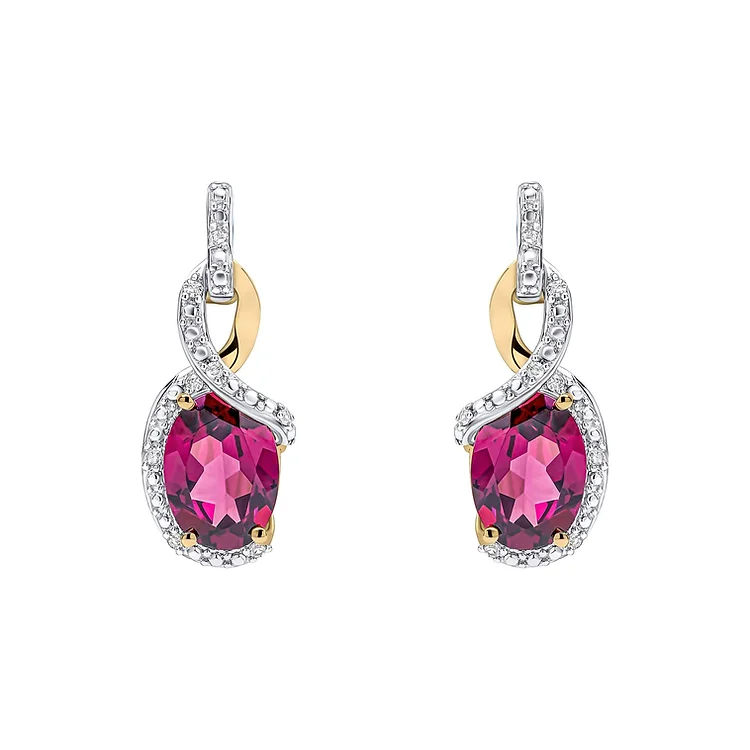
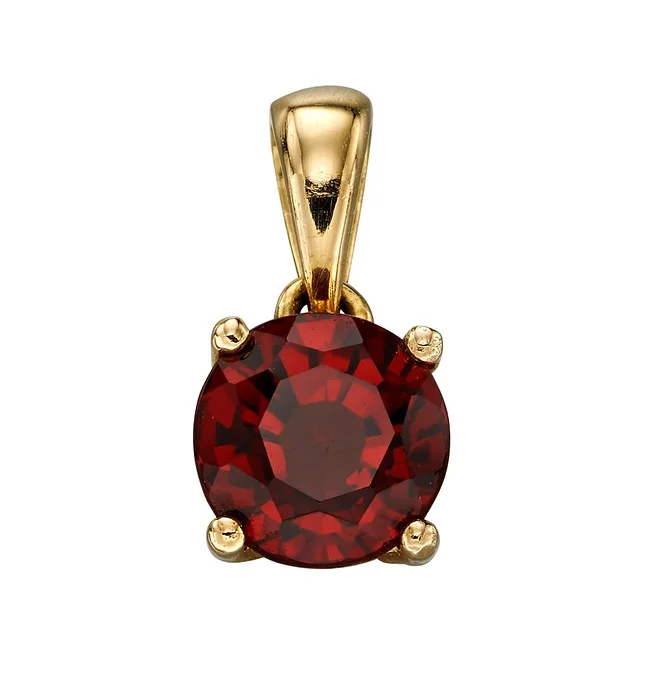
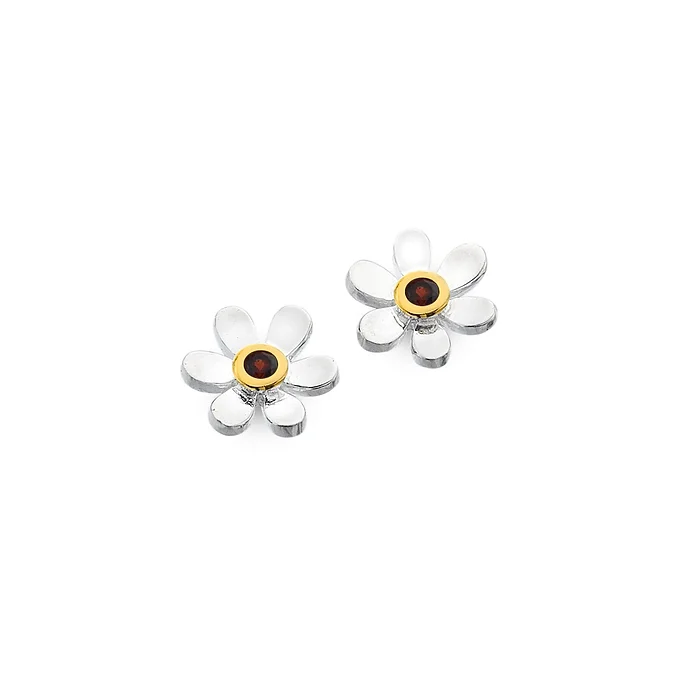
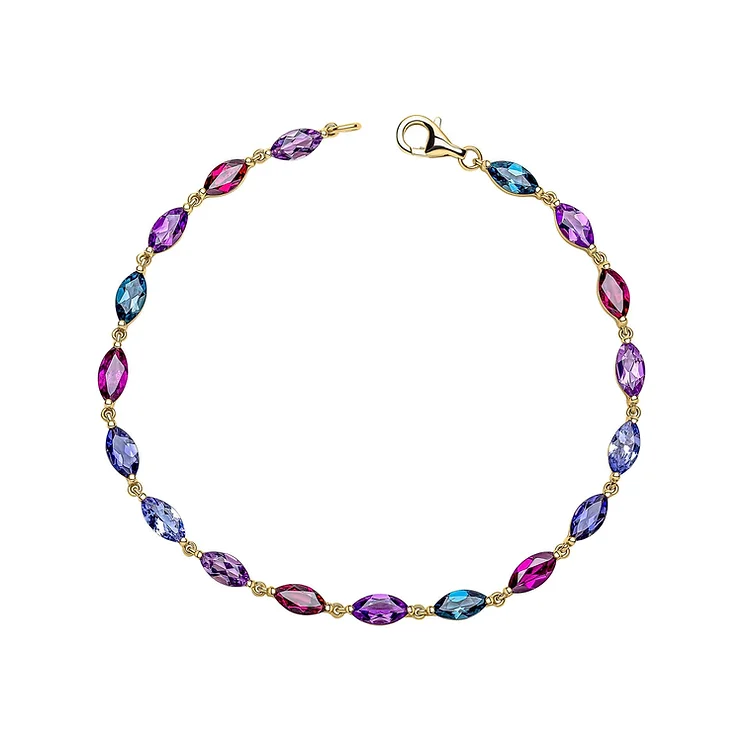
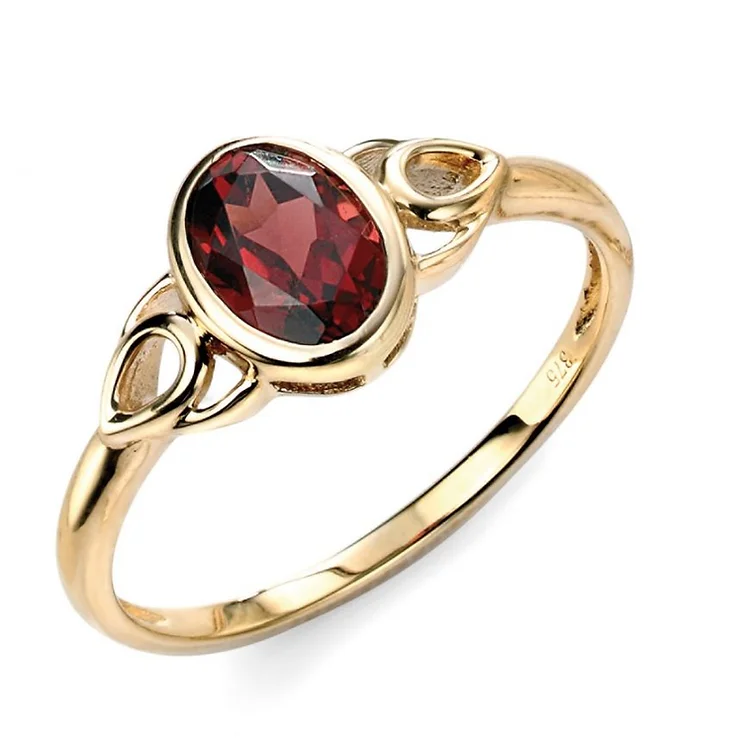
Comments